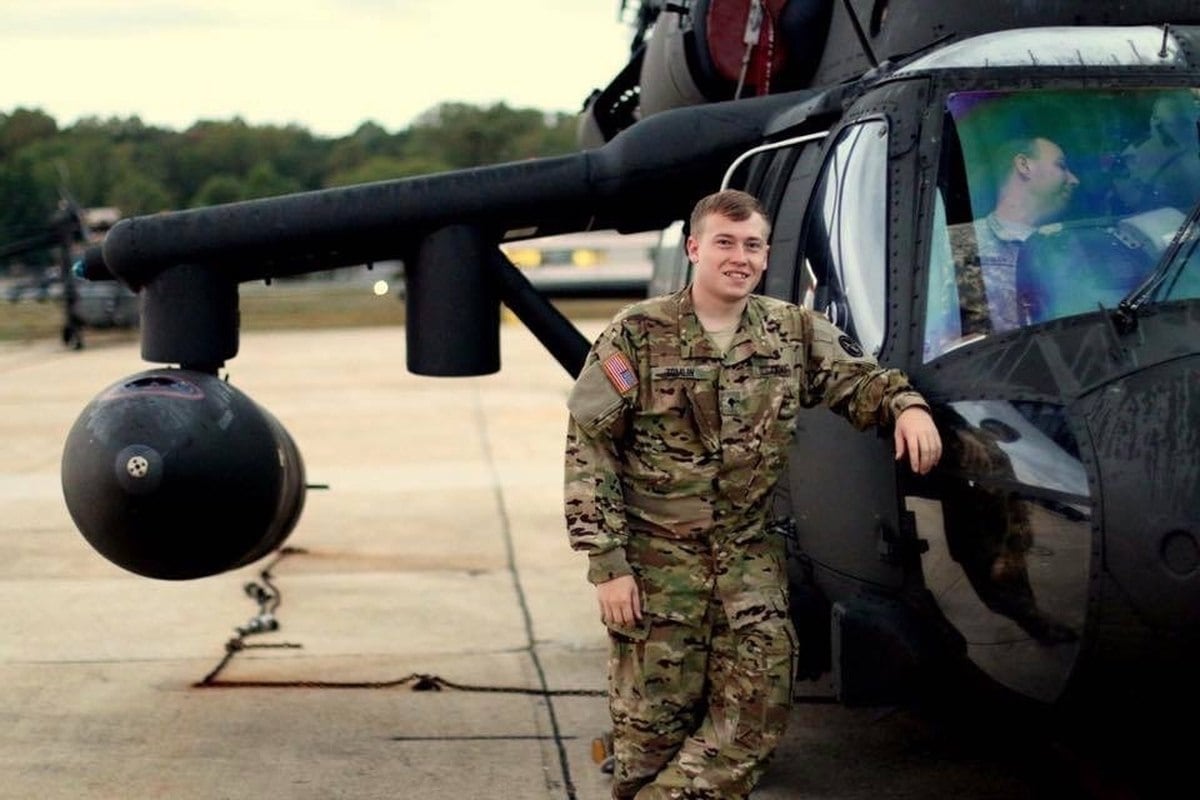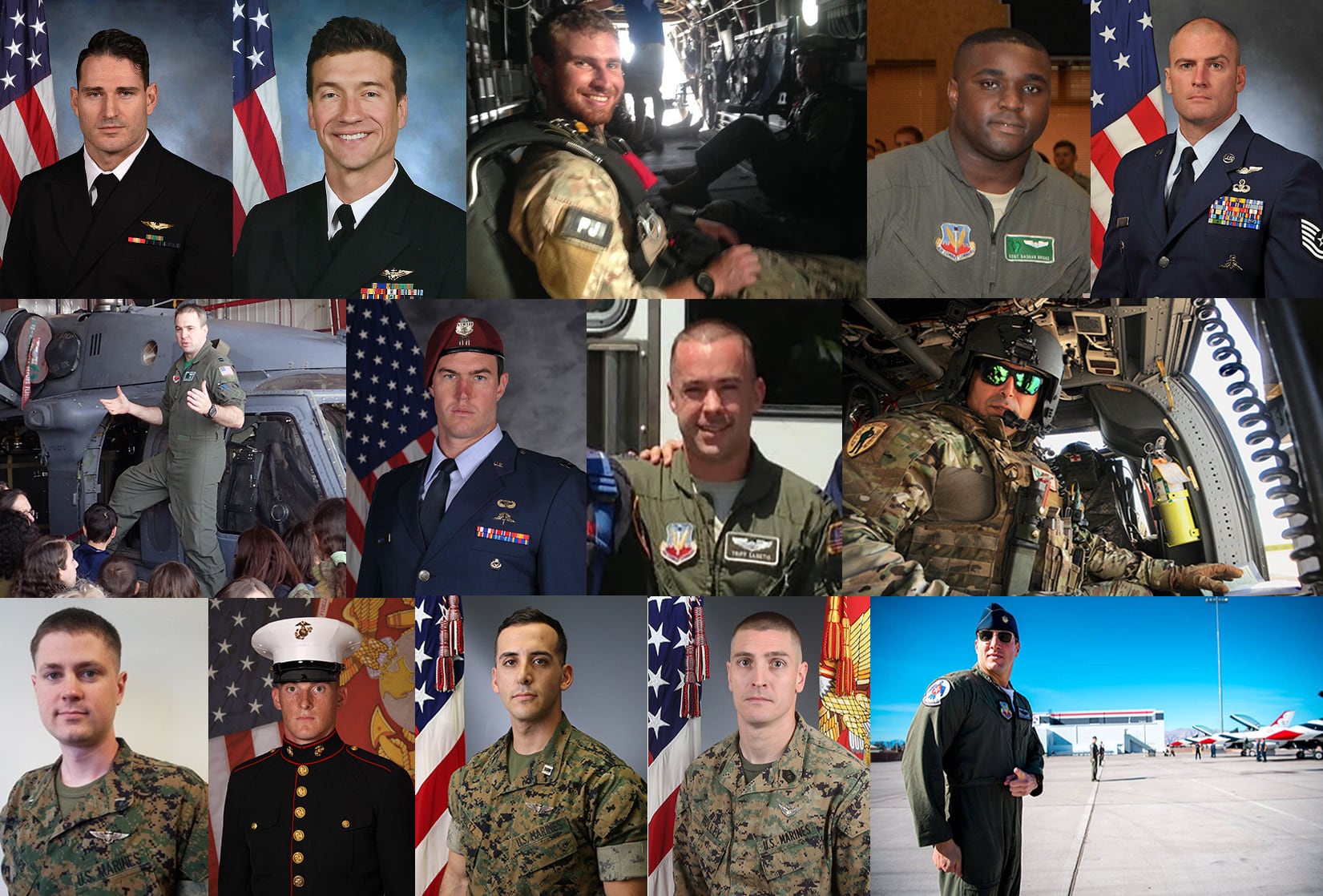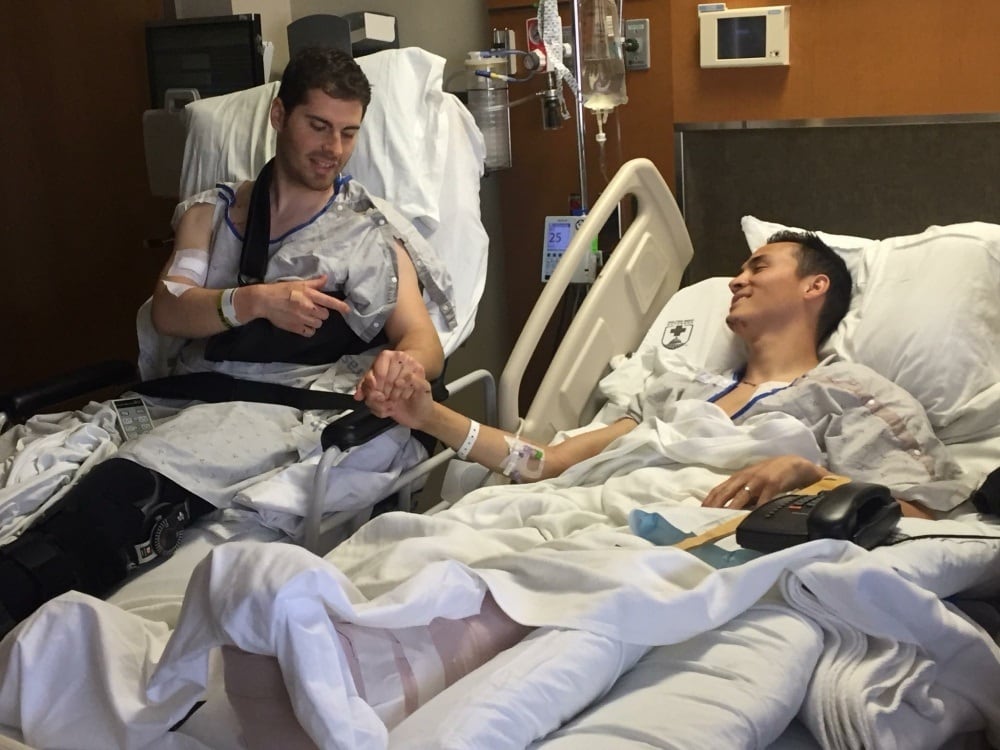They were in the middle of a routine training flight when the tail rotor of their UH-60L Black Hawk helicopter started to shake.
Within minutes, Capt. Terikazu Onoda had completely lost control of the helicopter, and it crashed into a Maryland golf course, severely injuring him and co-pilot Chief Warrant Officer 2 Christopher Nicholas and killing crew chief Spc. Jeremy Tomlin, 22.
A 270-page command investigation pointed to a defect with the Black Hawk, prompting the pilots and Tomlin’s widow to seek a lawsuit against Sikorsky Aircraft Corporation, according to attorney Timothy Loranger. The suit was filed Monday in Connecticut.
“The type of failure that occurred is not something that is caused by normal wear and tear,” Loranger told Army Times in a Tuesday phone interview. “It appears that there was a defect in the manufacturing process.”
It might have been a design issue, he added, or a faulty part that managed to pass quality assurance tests.
“We knew from looking at this info that someone didn’t do their job correctly,” he said.

The three soldiers were based at Fort Belvoir, Virginia’s 12th Aviation Battalion, an aviation support unit for the Washington, D.C., area. They were on an air assault formation training flight on April 17, 2017, when the helicopter began to vibrate, according to the investigation.
Onoda navigated the crew toward a small private airport in Maryland, intending to set the Black Hawk down for an emergency landing. But then he noticed something very wrong with the tail rotor.
“... 43 seconds before impact, the tail rotor gearbox separated from the aircraft,” the investigating officer wrote, sending the helicopter lurching and spinning before it hit a tree and crashed at the Breton Bay Golf Course in Leonardtown, Maryland.
Tomlin was pronounced dead at the scene by emergency medical personnel, while Onoda and Nicholas were sent to a Baltimore trauma center in critical condition.
RELATED

“Captain Onoda and Chief Nicholas both suffered catastrophic and permanent physical injuries and devastating psychological damage,” according to a press release from their attorneys. “Their injuries have required significant past and future medical and psychological care and treatment, for which they will incur past and future medical costs, not to mention loss of income and work life expectancy, among other things.”
The investigation found that the tail rotor’s blade wasn’t properly bonded to the Black Hawk’s tail rotor section, which caused the rear section of the airframe to break off.
“My initial look at this makes me think that this was not an issue that could have been detected by the Army maintainers, that this was something that occurred at the manufacturing level, and that couldn’t be detected until the failure occurred,” said Loranger, a former fixed-wing mechanic in the Marine Corps.
There might be other instances where this spontaneous vibration came on, but the pilots were able to land, he said, adding that Sikorsky could have been aware of such an issue.
“We want to make sure that there isn’t a hidden defect in helicopters somewhere else,” Loranger said.
The lawsuit does not seek specific damages for pain and suffering, he added, but it would be up to a jury to decide if monetary compensation is appropriate.
“They care very much about their brothers and sisters in the Army — they don’t want this to happen again,” Loranger said.
Meghann Myers is the Pentagon bureau chief at Military Times. She covers operations, policy, personnel, leadership and other issues affecting service members.





